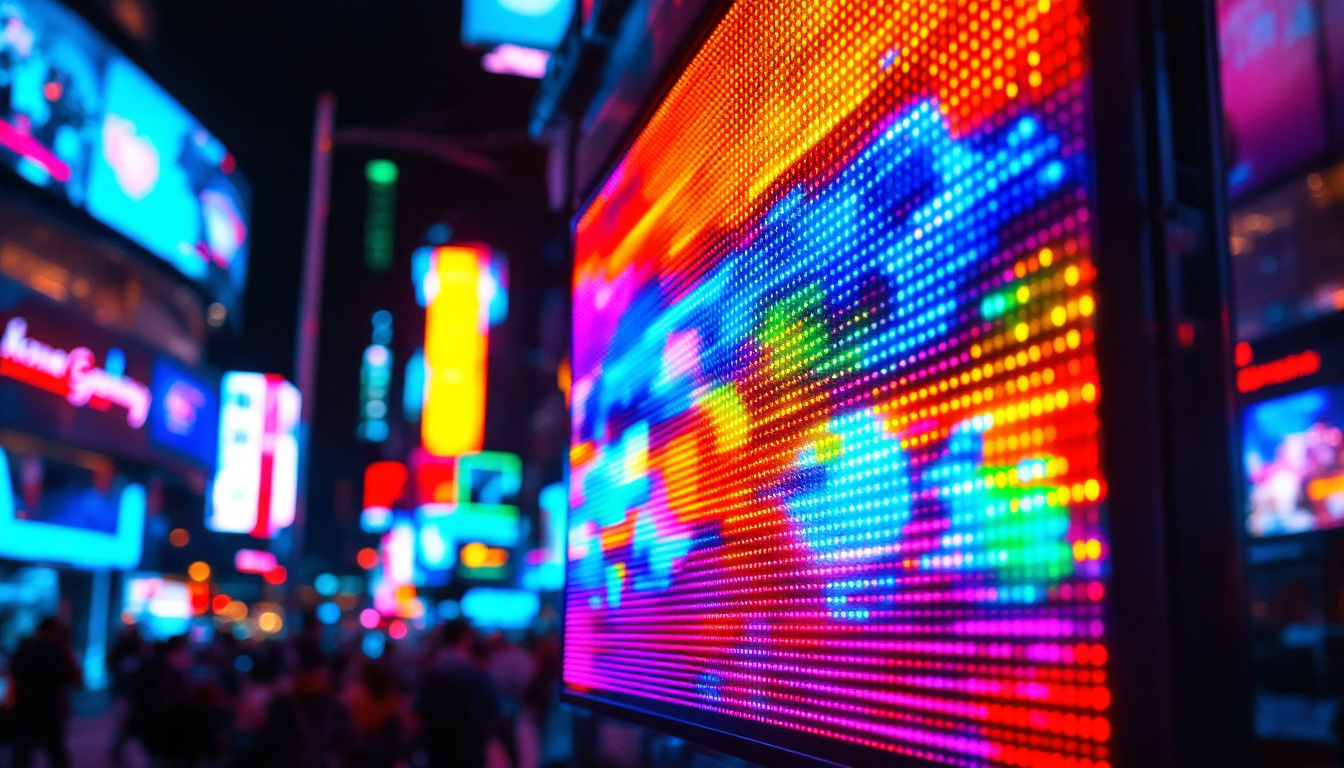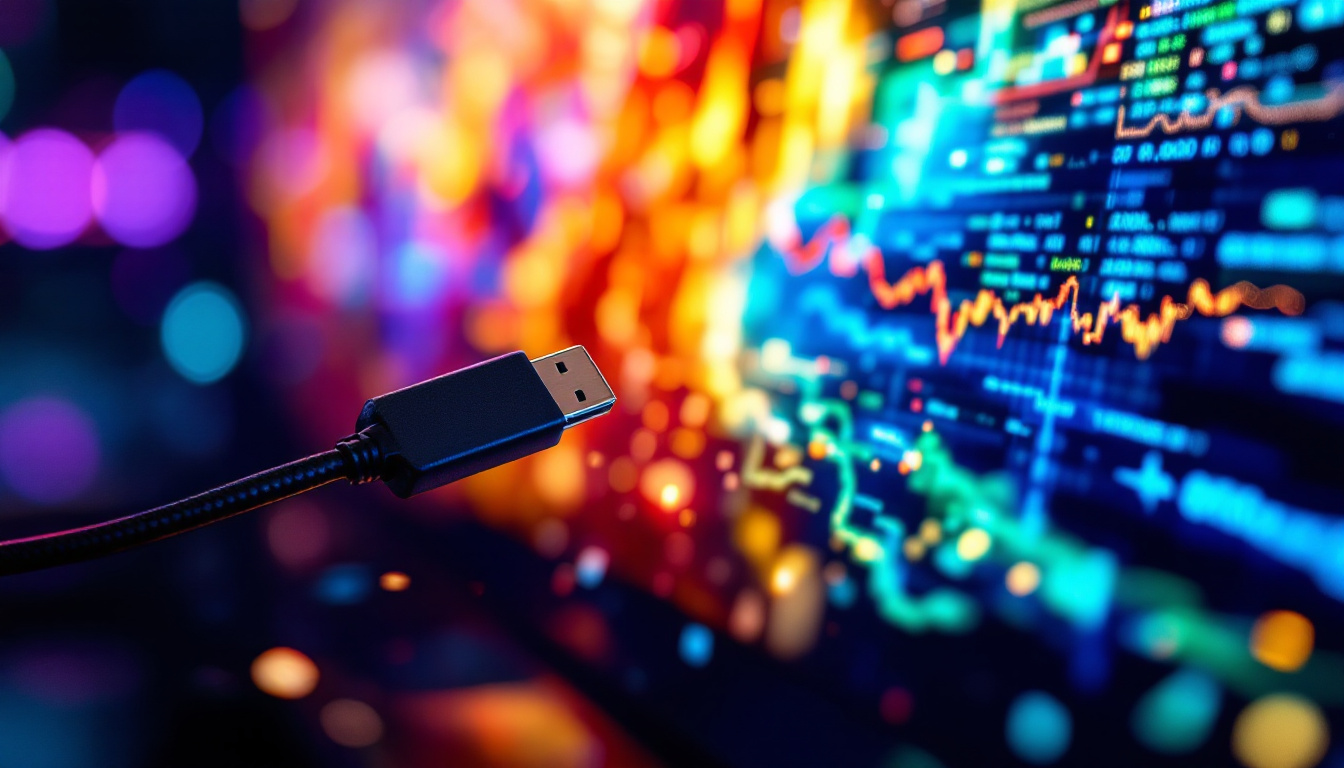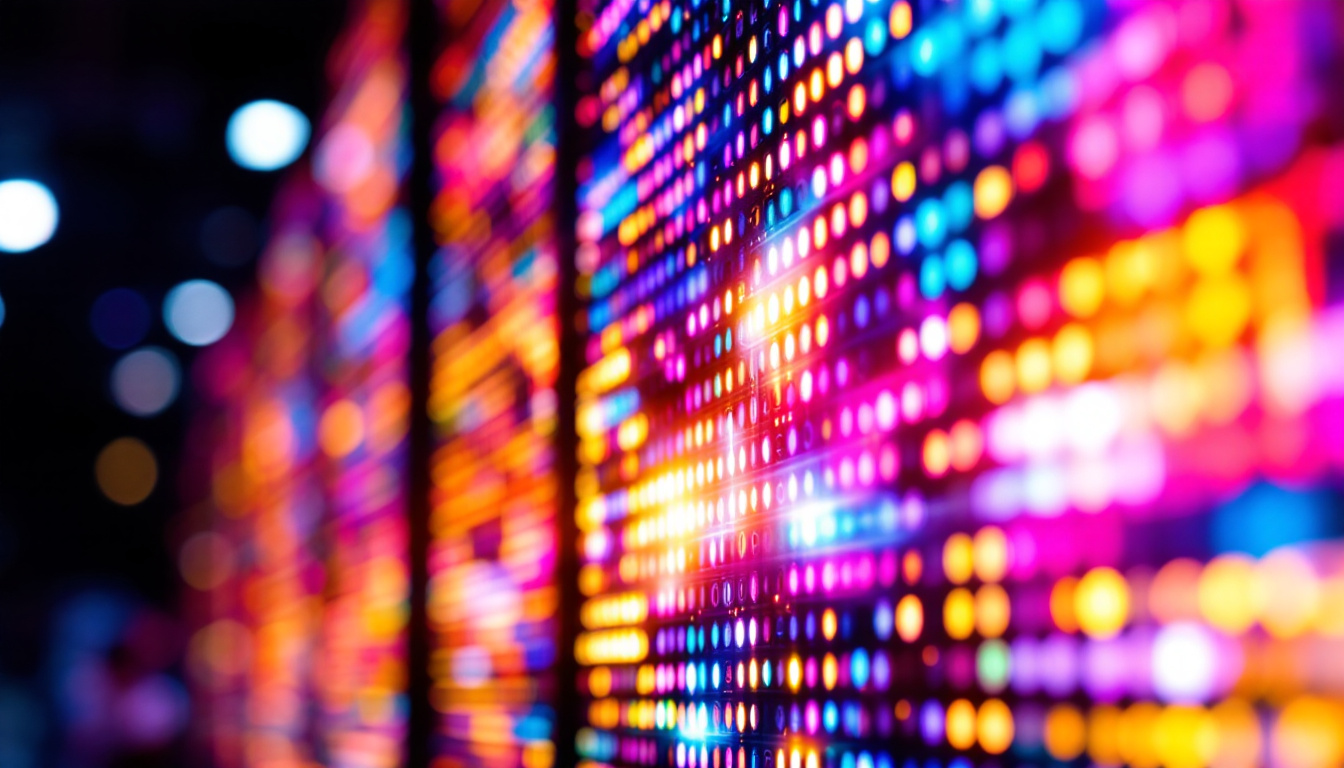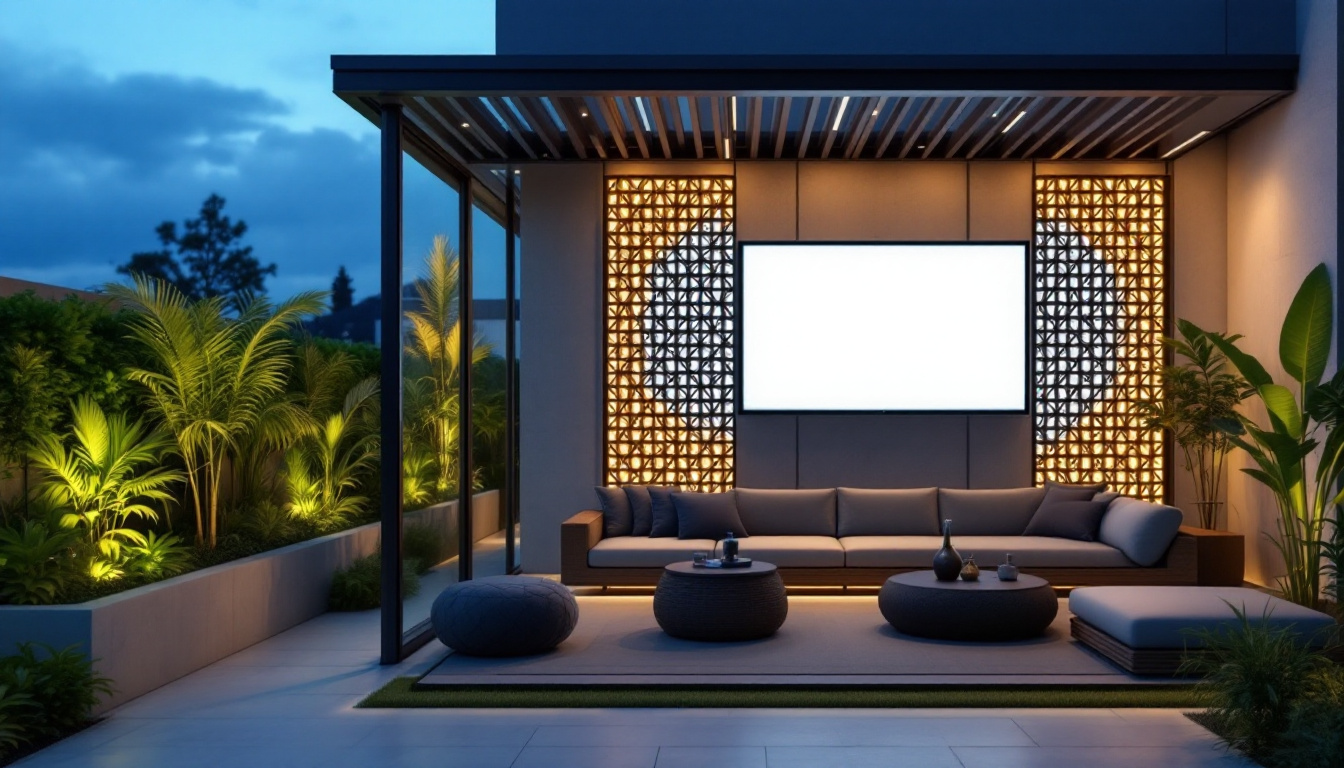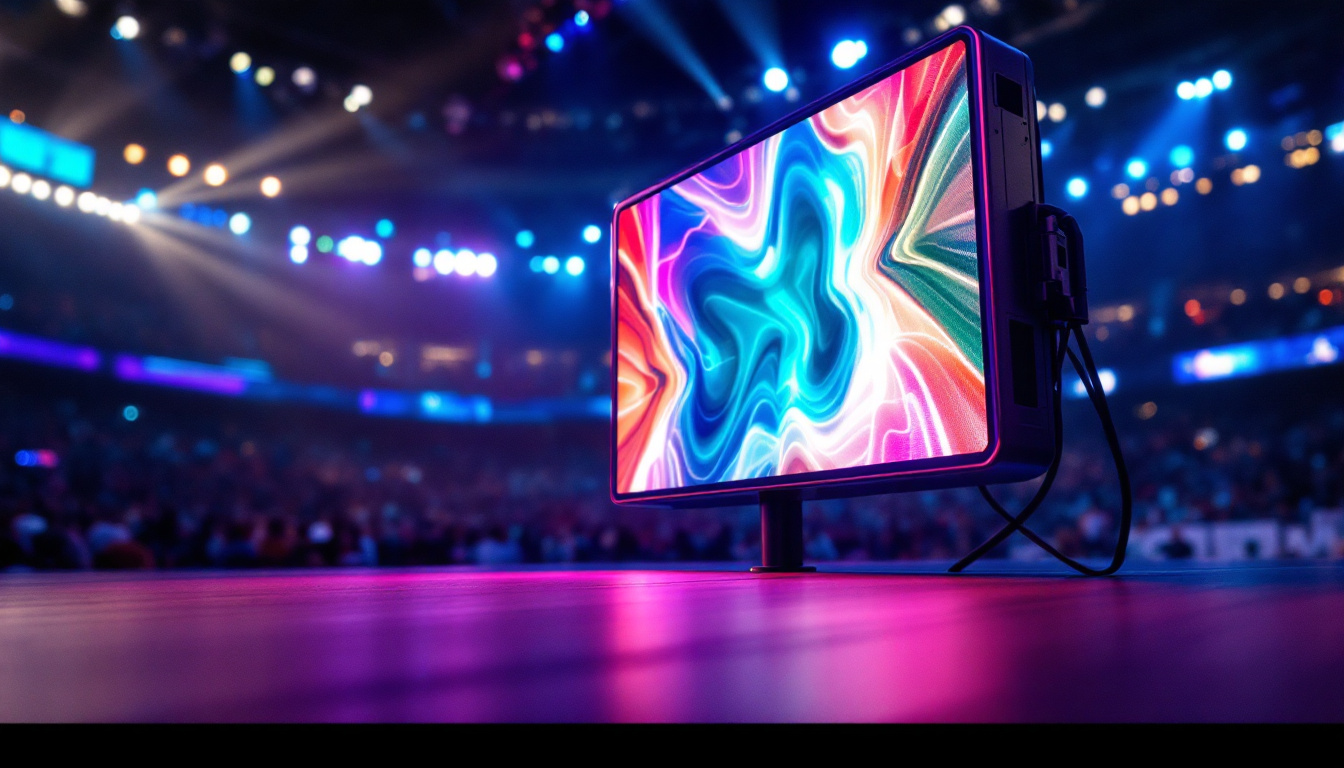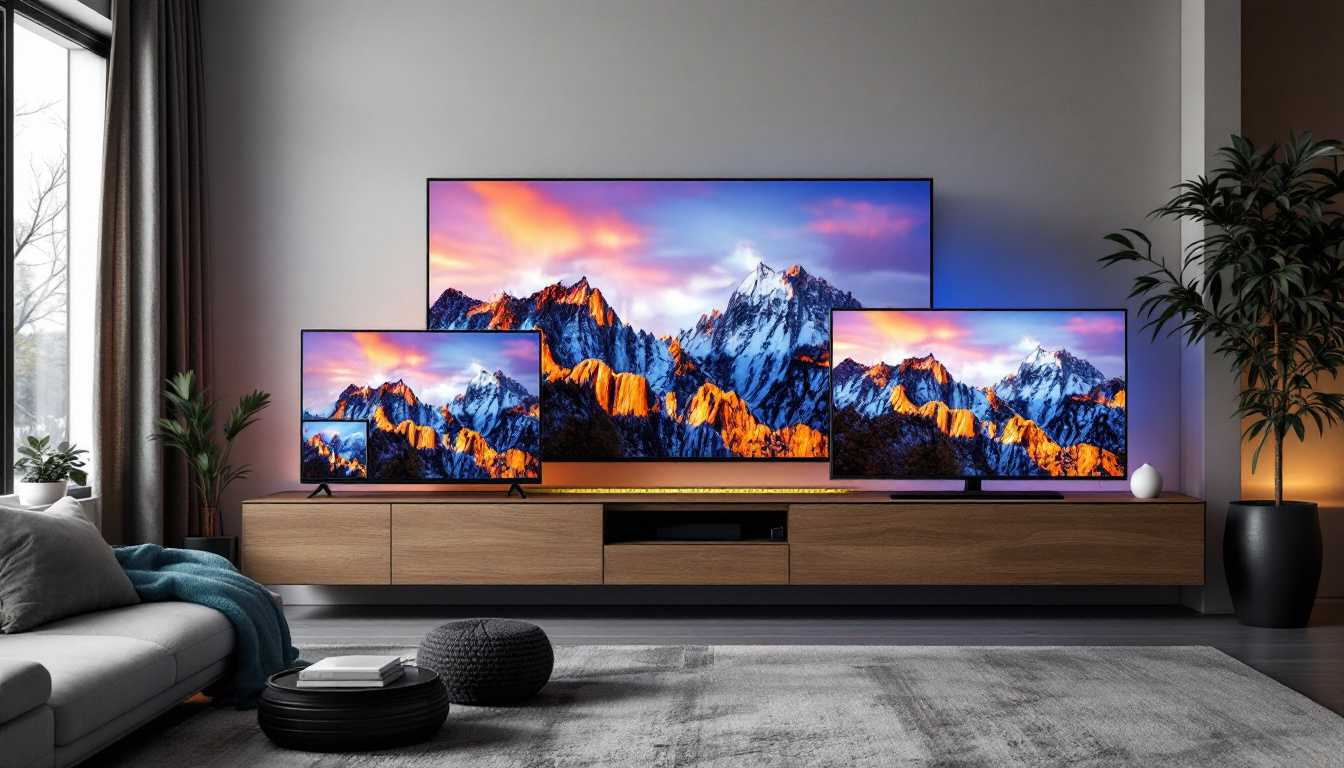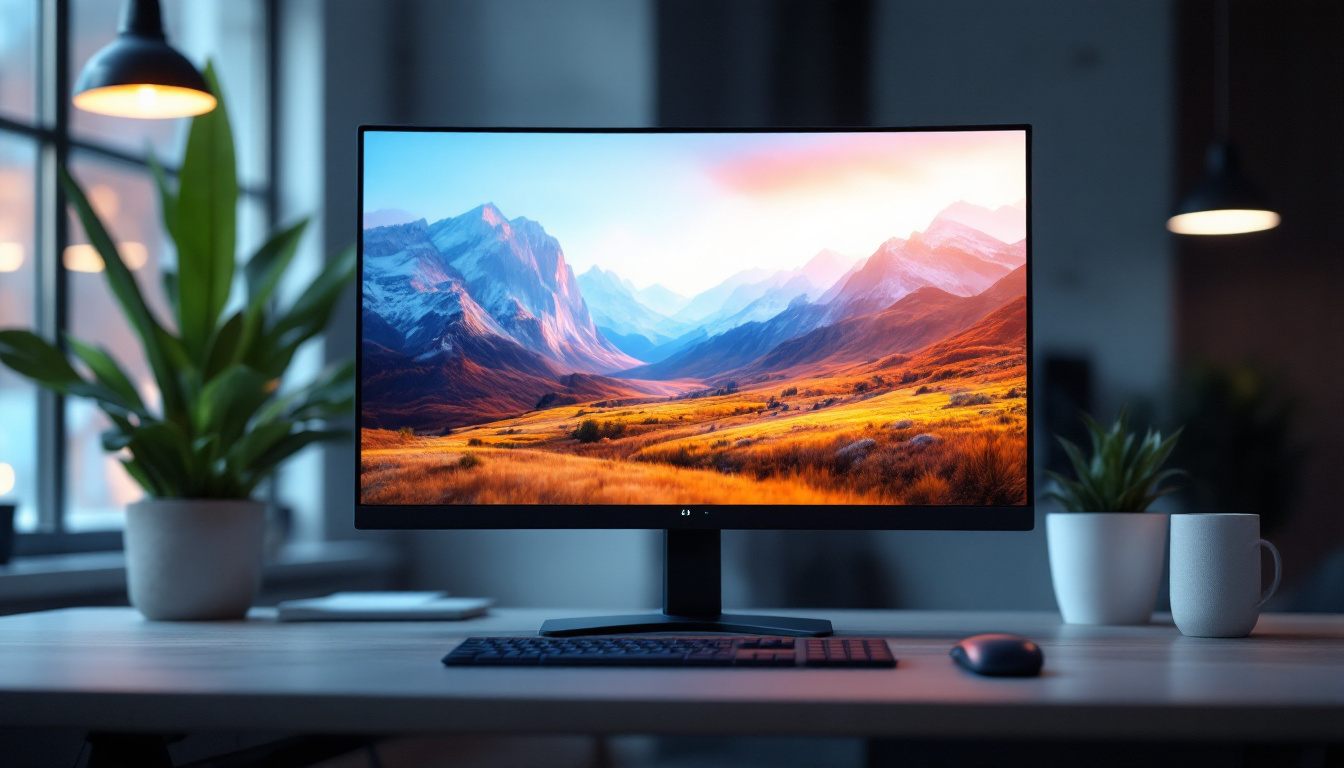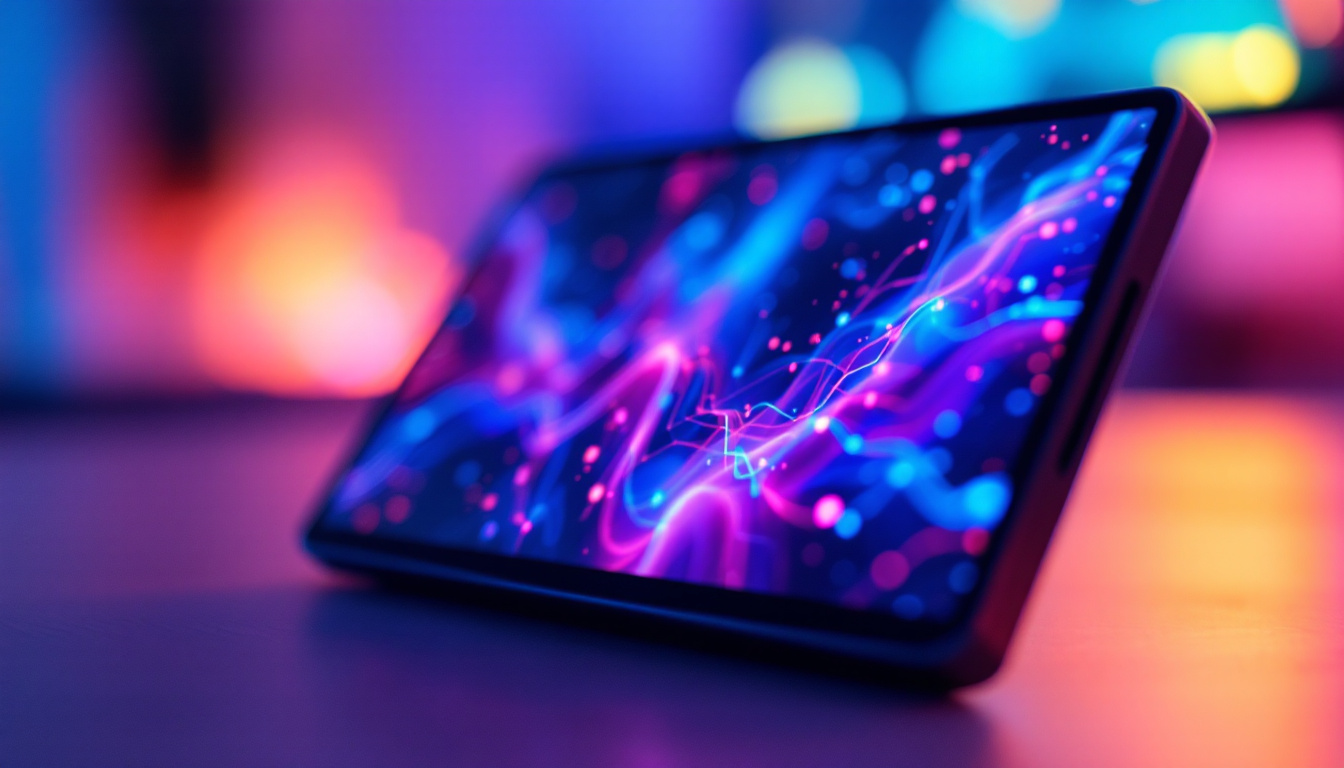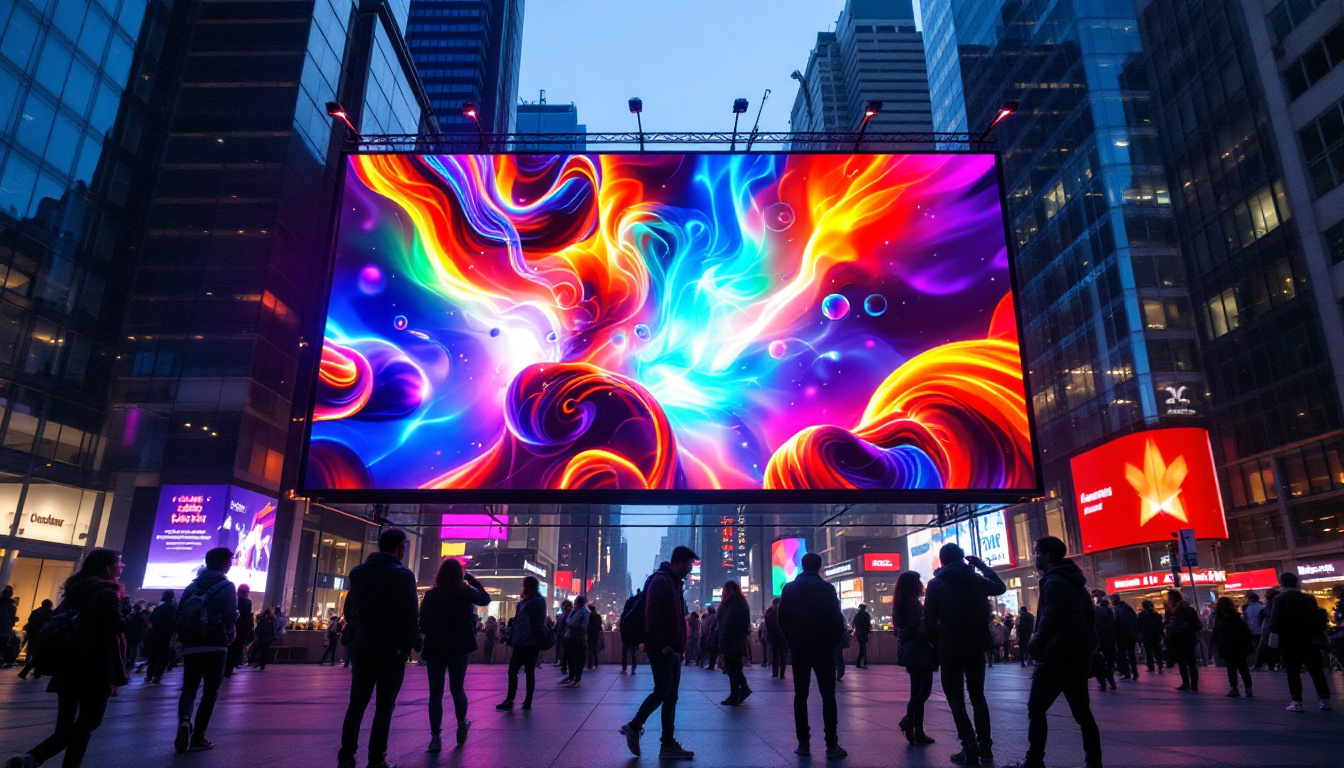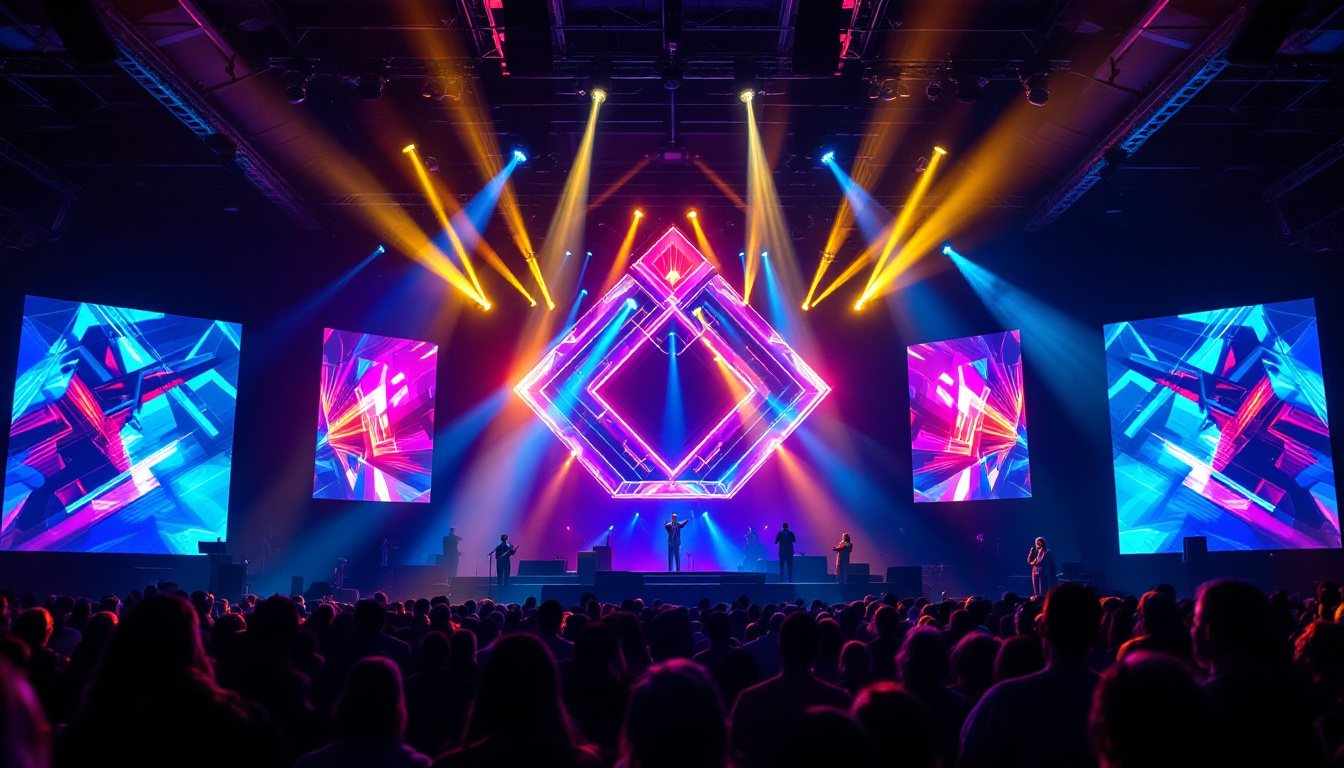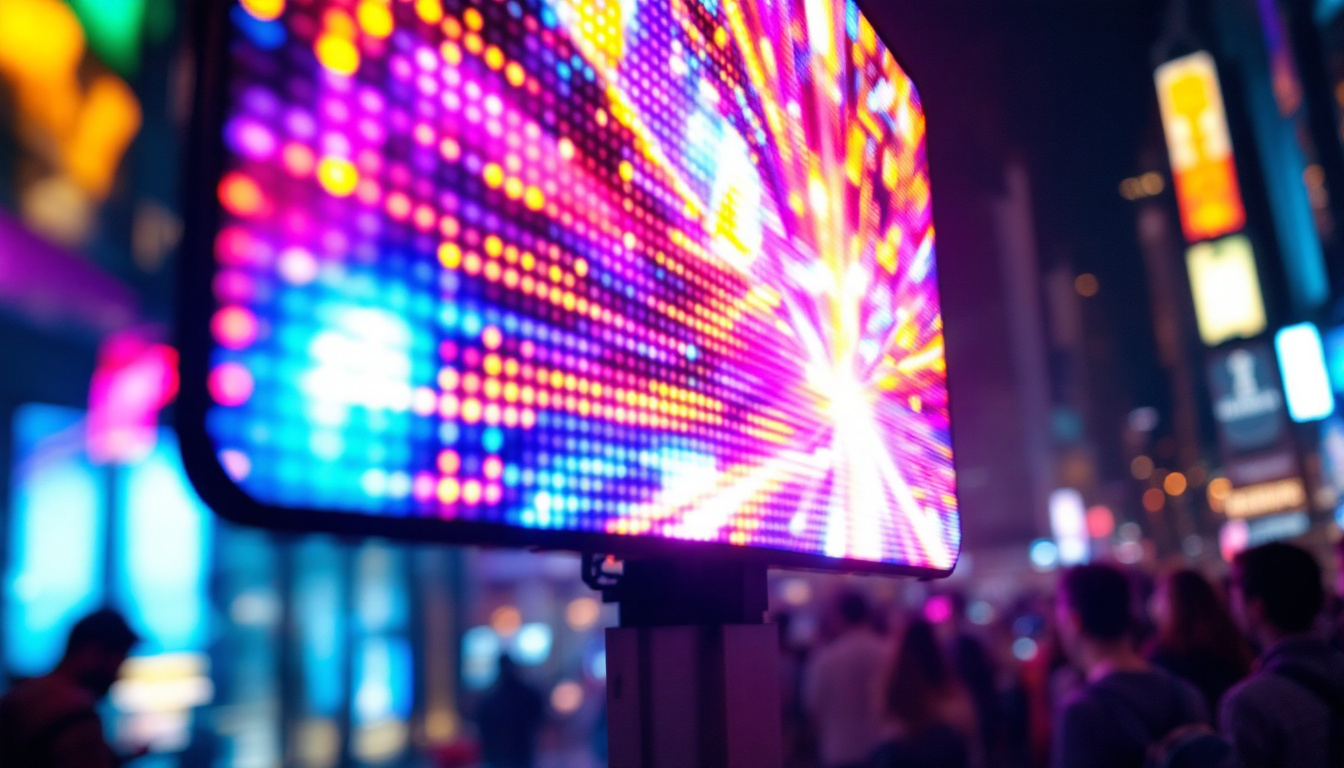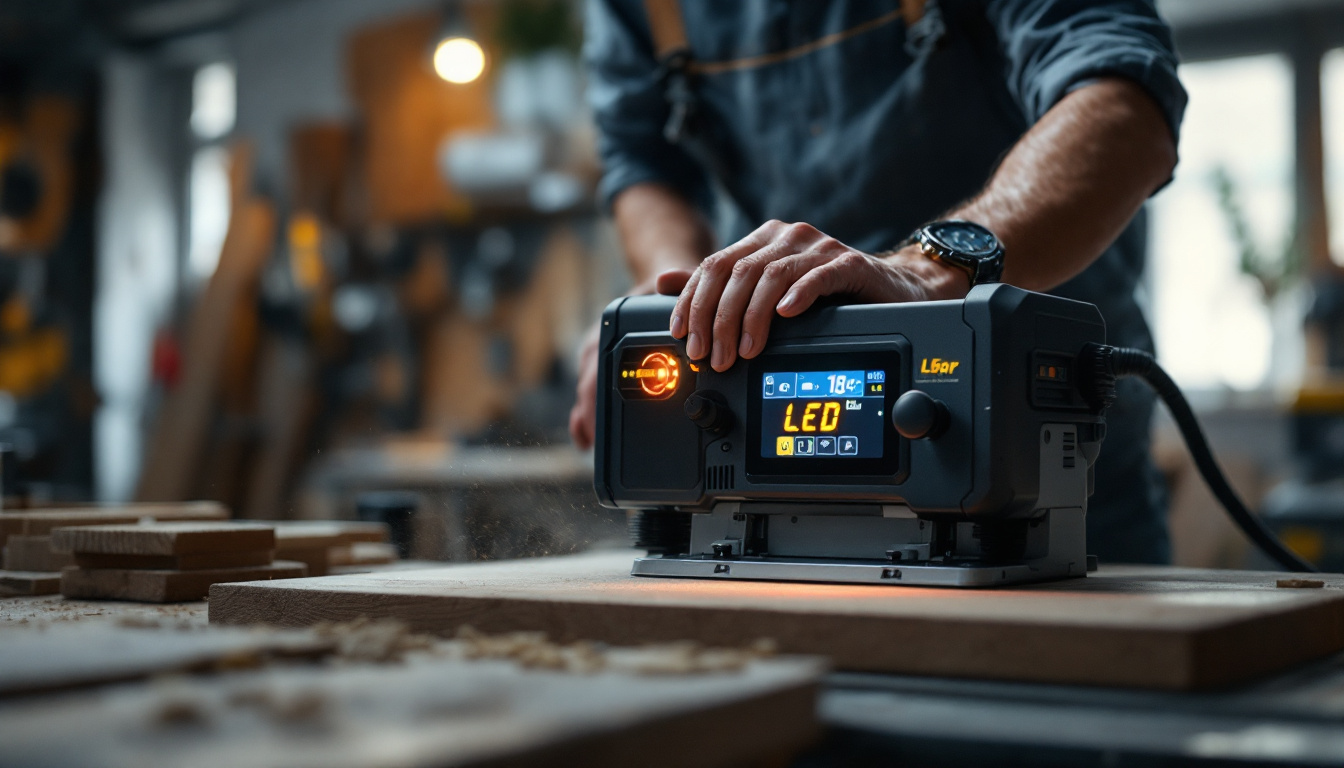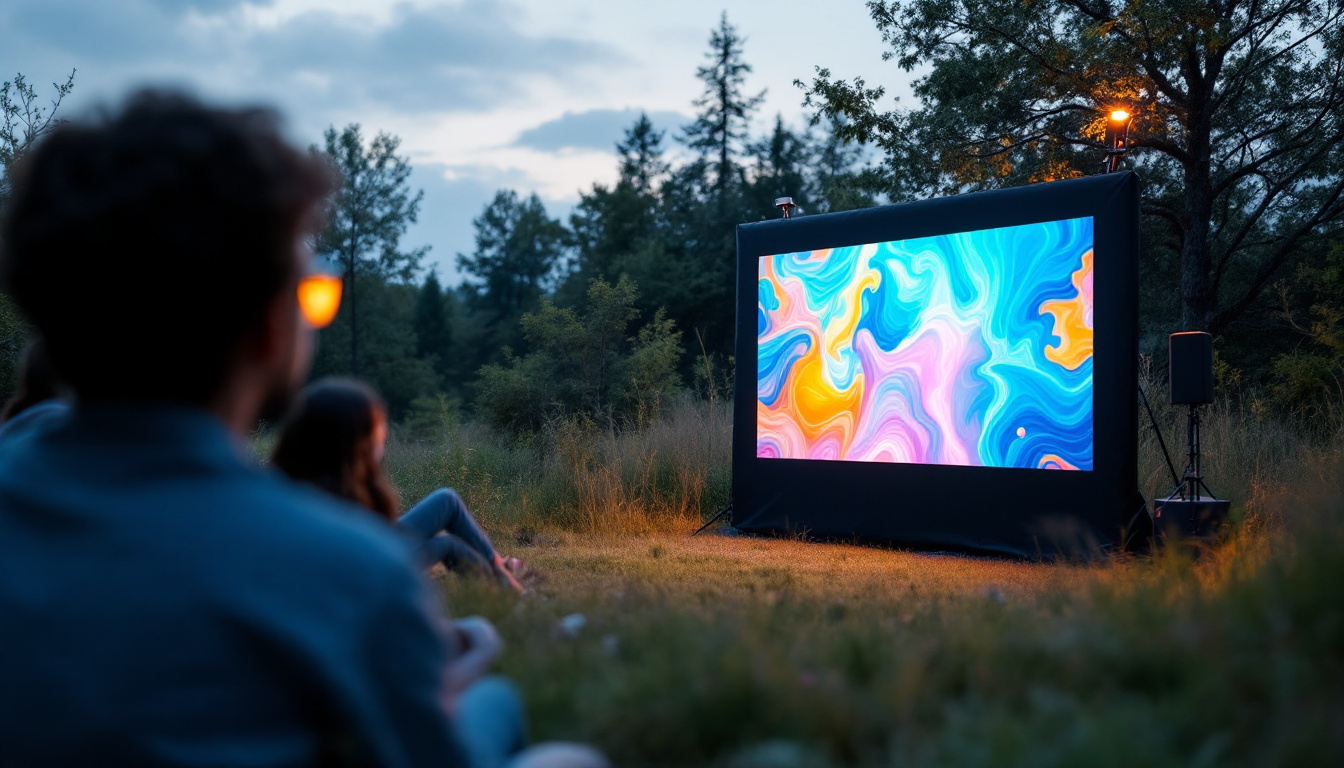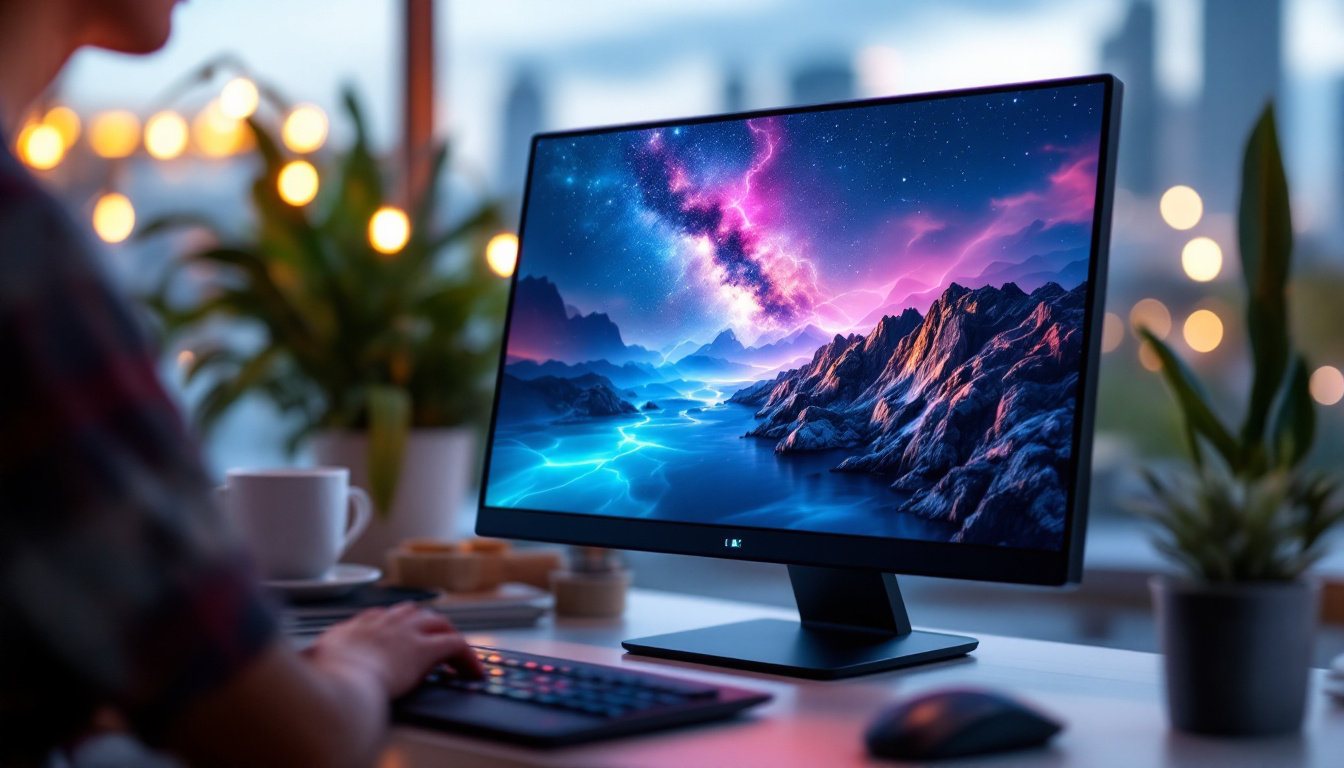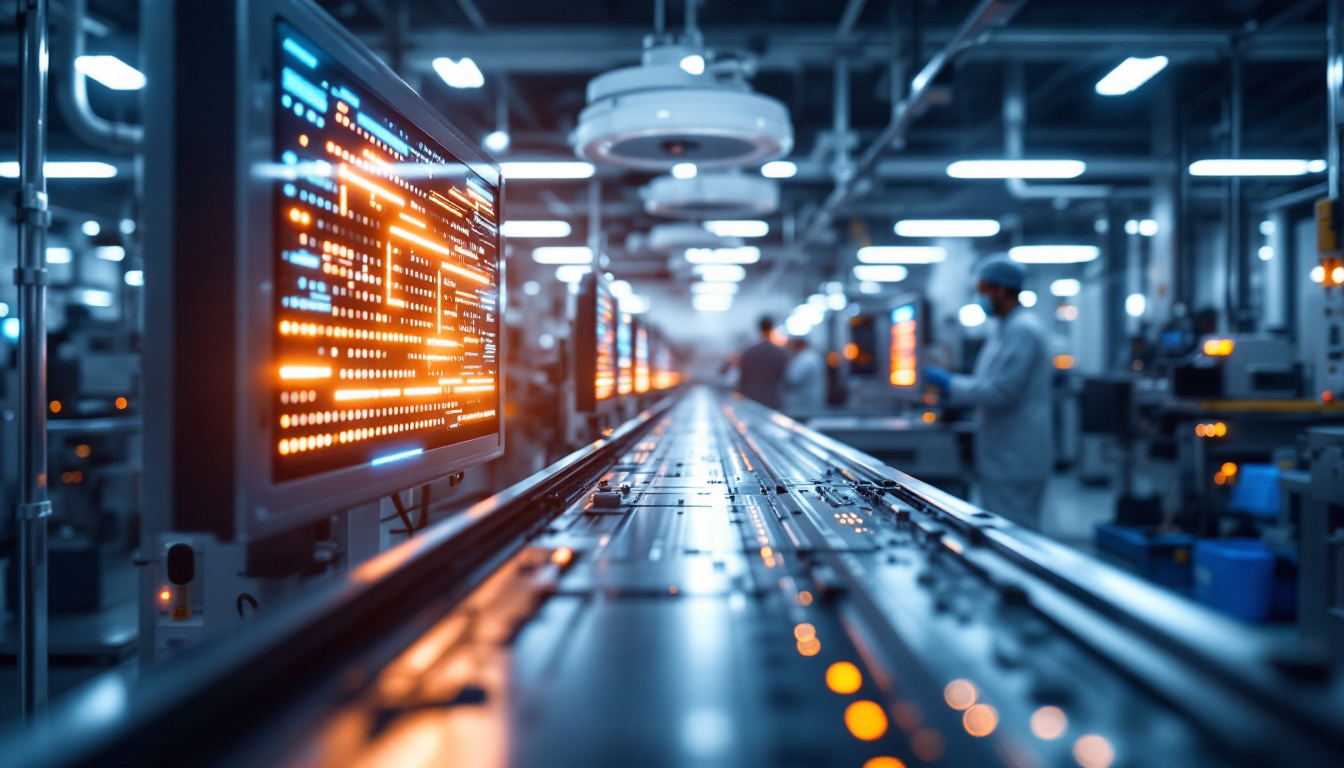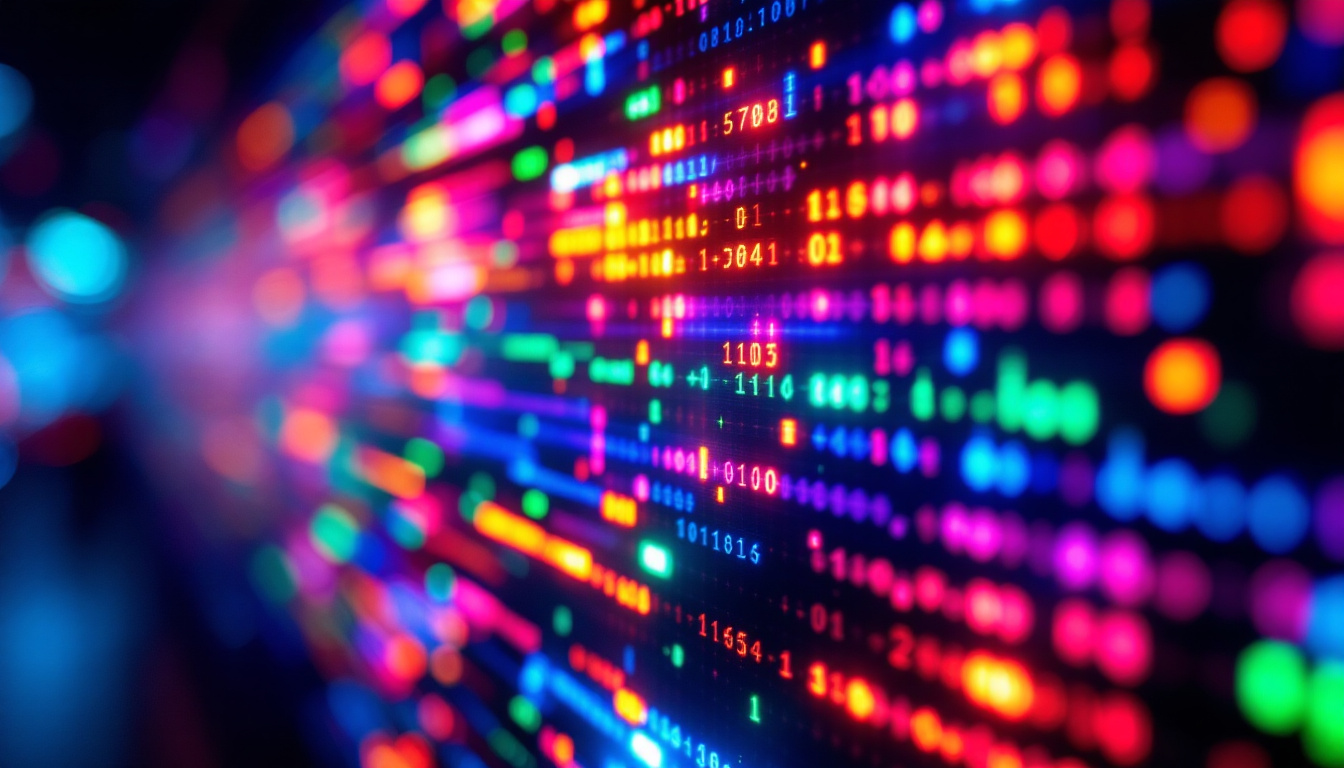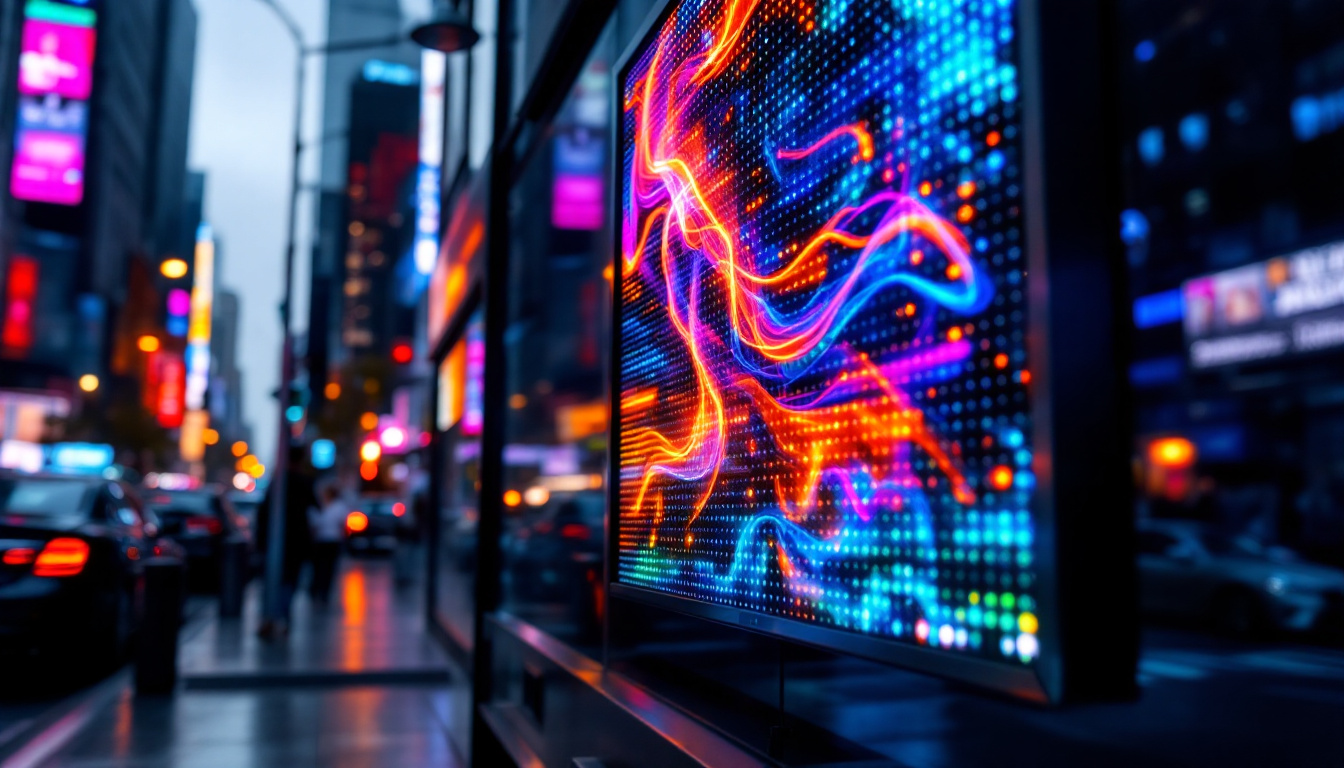In today’s globalized world, understanding weight conversions is essential for various applications, from cooking to shipping. One common conversion is from kilograms to pounds, particularly when dealing with products that may originate from different countries. This article will explore the conversion of 12.9 kilograms to pounds, while also delving into the technology of LED displays that often showcase these conversions in real-time.
The Basics of Weight Conversion
Weight conversion is a fundamental aspect of measurement that allows for the comparison of mass in different units. The kilogram (kg) is a standard unit of mass in the metric system, while the pound (lbs) is a unit of weight commonly used in the United States and some other countries. Understanding how to convert between these units is crucial for many industries, including healthcare, logistics, and culinary arts.
Understanding Kilograms and Pounds
The kilogram is defined as the mass of a specific physical prototype kept at the International Bureau of Weights and Measures. One kilogram is equal to approximately 2.20462 pounds. This precise definition ensures consistency in measurements across the globe. The kilogram’s adoption as a base unit in the International System of Units (SI) highlights its importance in scientific research and international trade, where accurate measurements are vital.
On the other hand, the pound is defined as 0.45359237 kilograms. This reciprocal relationship allows for straightforward conversions between the two units. For example, to convert kilograms to pounds, one can multiply the number of kilograms by 2.20462. The pound is often used in everyday contexts, such as weighing food items or determining body weight, making it a familiar unit for many people. In fact, the use of pounds in the United States can be traced back to the Roman libra, which has influenced various weight measurements throughout history.
Conversion Formula
The formula for converting kilograms to pounds is simple:
Pounds = Kilograms × 2.20462
Using this formula, converting 12.9 kg to pounds can be easily calculated. By multiplying 12.9 by 2.20462, the result is approximately 28.44058 lbs. This straightforward calculation is essential for various applications, such as when a chef needs to adjust a recipe for an audience that prefers imperial measurements or when a doctor assesses a patient’s weight in a clinical setting. Furthermore, understanding weight conversion can also aid travelers who may encounter different measurement systems in various countries, ensuring they can accurately gauge their luggage or personal items.
In addition to these practical applications, weight conversion plays a critical role in scientific research, where precise measurements are paramount. For instance, in fields such as physics and chemistry, researchers often need to convert weights to maintain consistency in experiments and data analysis. The ability to seamlessly switch between kilograms and pounds can enhance collaboration among international teams, fostering a better understanding of results and findings across different measurement systems.
Conversion Example: 12.9 Kg to Lbs
To illustrate the conversion process, let’s apply the formula discussed earlier. When converting 12.9 kg to pounds, the calculation is as follows:
12.9 kg × 2.20462 = 28.44058 lbs
This means that 12.9 kilograms is equivalent to approximately 28.44 pounds. This conversion is particularly useful in various contexts, such as shipping weights, dietary measurements, or fitness tracking.
Practical Applications of Weight Conversion
Understanding weight conversions is vital in numerous fields. In the culinary world, recipes may use different measurement systems, requiring chefs to convert ingredients accurately. For instance, a recipe designed for a European audience might list flour in kilograms, while a North American version would specify it in pounds. This discrepancy can lead to significant variations in the final dish if not addressed properly, emphasizing the importance of precision in the kitchen.
In logistics, shipping companies often need to convert weights to calculate costs and ensure compliance with regulations. Different carriers may have varying pricing structures based on weight, so accurate conversions can save businesses money and prevent delays. Additionally, in healthcare, medical professionals may need to convert patient weights for medication dosages or equipment specifications. For example, certain medications are prescribed based on a patient’s weight in pounds, while medical devices may be calibrated in kilograms. Thus, having a clear understanding of how to convert kilograms to pounds can significantly impact accuracy and efficiency in these areas. Furthermore, in the realm of fitness, personal trainers often track clients’ progress in both kilograms and pounds, making it essential for them to communicate effectively regarding weight loss or gain goals. This duality in measurement can motivate clients by providing a clearer picture of their achievements, reinforcing the need for accurate conversions in everyday life.
Introduction to LED Displays
LED (Light Emitting Diode) displays have become ubiquitous in modern technology, known for their vibrant colors and energy efficiency. These displays are commonly used in various applications, including televisions, computer monitors, and signage. Their ability to present information clearly and brightly makes them ideal for displaying weight conversions and other numerical data.
How LED Displays Work
LED displays operate by utilizing semiconductor technology to emit light when an electric current passes through them. Each pixel on an LED display consists of tiny diodes that can emit red, green, or blue light. By combining these colors in varying intensities, a full spectrum of colors can be produced, allowing for the display of detailed images and text.
The efficiency of LED technology means that these displays consume less power compared to traditional LCD or incandescent displays, making them a popular choice for both consumer and commercial applications. Their longevity and durability also contribute to their widespread use.
Applications of LED Displays in Weight Measurement
LED displays are commonly used in scales and weighing systems, providing users with a clear and immediate readout of weight measurements. For instance, digital scales often feature LED screens that display weight in both kilograms and pounds, allowing users to easily switch between the two units.
In addition to personal scales, LED displays are also utilized in industrial settings, such as warehouses and shipping facilities. Here, large LED screens can show the weight of packages in real-time, aiding in logistics and inventory management.
The Advantages of Using LED Displays
LED displays offer several advantages that make them preferable for various applications, especially in weight measurement. Their brightness, energy efficiency, and versatility are just a few of the reasons they have become the standard in many industries.
Brightness and Visibility
One of the most significant benefits of LED displays is their brightness. They can be easily viewed in various lighting conditions, making them ideal for both indoor and outdoor use. This visibility is crucial in environments where quick weight readings are necessary, such as in retail settings or during shipping operations.
Additionally, the clarity of LED displays ensures that users can read measurements without straining their eyes, enhancing usability and efficiency in fast-paced environments.
Energy Efficiency and Longevity
LED technology is known for its energy efficiency, consuming significantly less power than traditional display technologies. This efficiency not only reduces operational costs but also contributes to a lower carbon footprint, making LED displays an environmentally friendly option.
Moreover, LED displays have a long lifespan, often lasting tens of thousands of hours. This durability reduces the need for frequent replacements, further enhancing their cost-effectiveness in the long run.
Challenges and Considerations
While LED displays offer numerous advantages, there are also challenges and considerations to keep in mind. Understanding these factors is essential for making informed decisions regarding their use in weight measurement applications.
Cost Implications
Although the initial investment for LED displays can be higher than traditional display technologies, the long-term savings in energy costs and reduced maintenance can offset this expense. Businesses must weigh these factors when considering the adoption of LED technology.
Furthermore, the rapid advancement of LED technology means that prices are continually decreasing, making it more accessible for a wider range of applications.
Environmental Impact
While LED displays are generally considered more environmentally friendly than other display technologies, they still pose some environmental concerns. The disposal of electronic waste, including LED displays, can contribute to pollution if not managed properly. It is crucial for businesses and consumers to follow proper recycling protocols to minimize environmental impact.
Future Trends in LED Display Technology
The LED display industry is continuously evolving, with new technologies and innovations emerging regularly. Understanding these trends can provide insights into the future of weight measurement and display technology.
Advancements in Display Technology
One significant trend is the development of flexible LED displays. These displays can be bent and shaped to fit various surfaces, opening up new possibilities for applications in unconventional spaces. This flexibility could lead to innovative designs in packaging and product displays, enhancing the user experience.
Additionally, advancements in resolution and color accuracy are making LED displays even more appealing for high-definition applications. As technology improves, the potential for displaying complex data, such as weight conversions, in engaging and informative ways will continue to grow.
Integration with Smart Technology
Another exciting trend is the integration of LED displays with smart technology. With the rise of the Internet of Things (IoT), LED displays can now connect to various devices and systems, allowing for real-time data updates and remote monitoring. This integration can enhance the functionality of weight measurement systems, providing users with instant access to information and analytics.
For example, a smart scale with an integrated LED display could automatically convert weight measurements from kilograms to pounds and send this data to a mobile app for tracking purposes. This level of connectivity and convenience is becoming increasingly important in today’s tech-driven world.
Conclusion
Understanding the conversion of 12.9 kilograms to pounds is just one aspect of the broader topic of weight measurement. The integration of LED displays in this context highlights the importance of technology in providing clear, accurate, and immediate information. As advancements continue in both weight measurement and display technology, the future promises even more efficient and user-friendly solutions.
Whether in personal, commercial, or industrial applications, the ability to convert and display weight measurements accurately is essential. With the ongoing evolution of LED technology, users can expect to see improvements that enhance both functionality and user experience in the years to come.
Enhance Your Weight Measurement Experience with LumenMatrix
As you embrace the precision and convenience of modern weight measurement, why not elevate your experience with the impeccable clarity and innovation of LumenMatrix’s LED display technology? LumenMatrix is at the forefront of creating dynamic visual solutions that transform how you view and interact with data. From Indoor and Outdoor LED Wall Displays to specialized solutions like Vehicle and Sports LED Displays, our range caters to every need. Discover how our Floor, Custom, All-in-One, and Transparent LED Displays can revolutionize your visual communication. Don’t just measure – showcase your measurements with impact. Check out LumenMatrix LED Display Solutions and step into the future of display technology.



